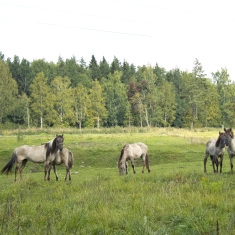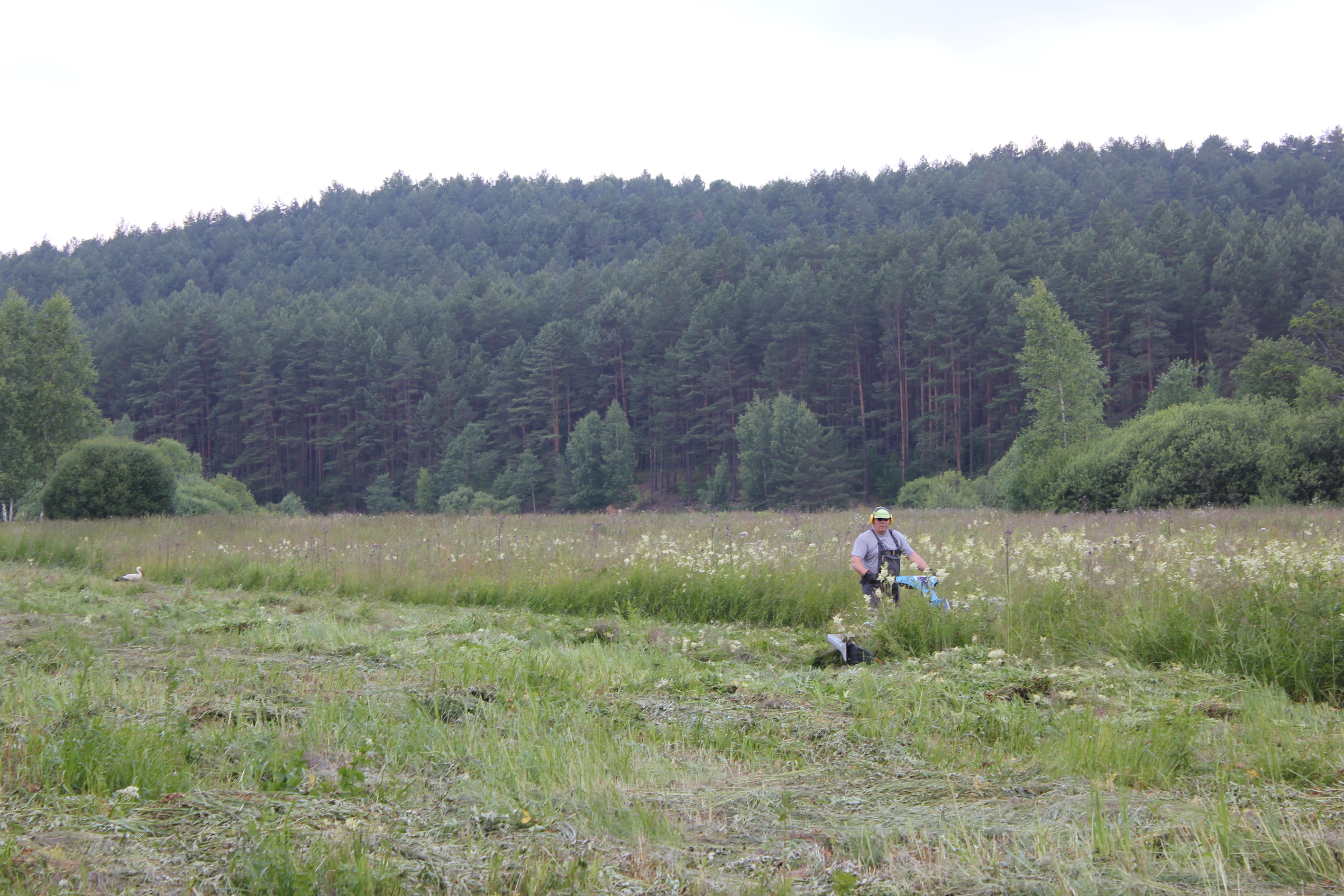 Grassland management is the manipulation of natural vegetation in order to achieve some predetermined goals. Grasslands are often managed to improve productivity and to maximize benefits for human use. An understanding of the relationships between environmental forces and the plants and animals that make up grassland ecosystems is key to ensuring the proper balance of rest and disturbance [see original source].
Grassland management is the manipulation of natural vegetation in order to achieve some predetermined goals. Grasslands are often managed to improve productivity and to maximize benefits for human use. An understanding of the relationships between environmental forces and the plants and animals that make up grassland ecosystems is key to ensuring the proper balance of rest and disturbance [see original source].
In opposite to forests and bogs where human intervention mostly has a negative impact, grassland ecosystems in the Baltic countries are the product of interaction between nature and humans. Thousands of years ago first tribes used slash and burn farming formed space for grassland species in the dense woods of the region. Extensive management by the man as an important part of the ecosystem created species rich meadows and pastures, which survived for many centuries.  Along to intensification of agriculture, conditions became more unfavourable. The extent of the areas with the traditional grassland management methods decreased, many grasslands were converted into cropland or sawn grasslands with just few species. On the other sides, marginal grasslands were abandoned leading to overgrowing with shrubs and trees – coming back to forest. In order to maintain natural grasslands, we must ensure proper management conditions for them.
Along to intensification of agriculture, conditions became more unfavourable. The extent of the areas with the traditional grassland management methods decreased, many grasslands were converted into cropland or sawn grasslands with just few species. On the other sides, marginal grasslands were abandoned leading to overgrowing with shrubs and trees – coming back to forest. In order to maintain natural grasslands, we must ensure proper management conditions for them.
You can check in one of the project publications how Lumanda municipality in Estonia have managed and took care of grasslands for 20 years.








No comments yet.